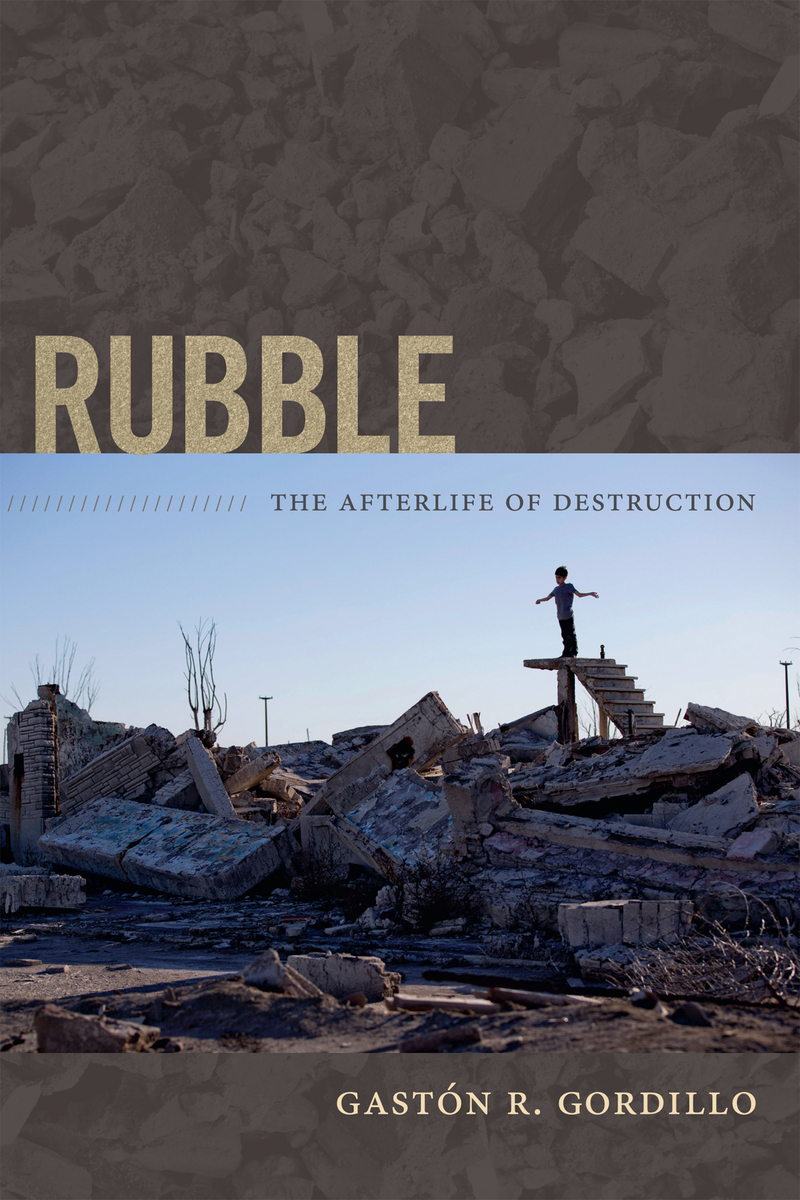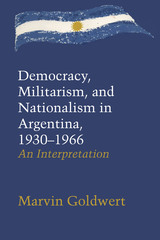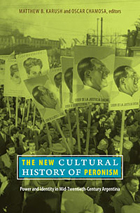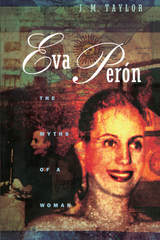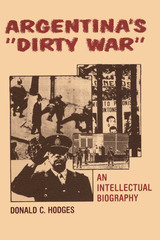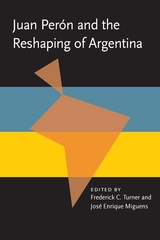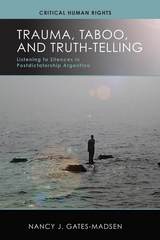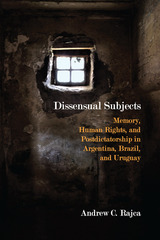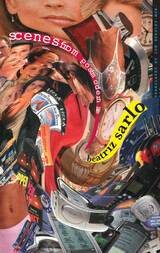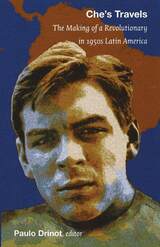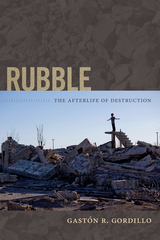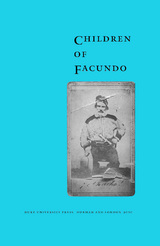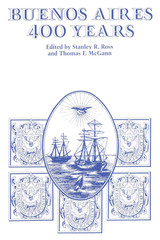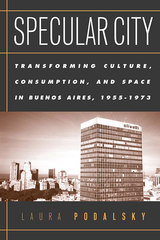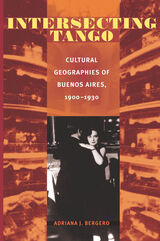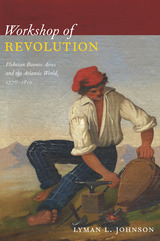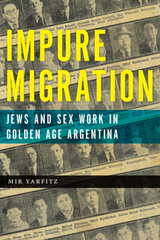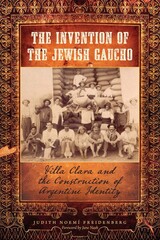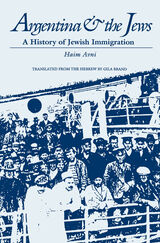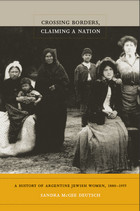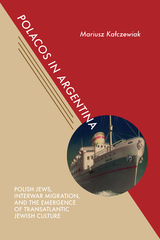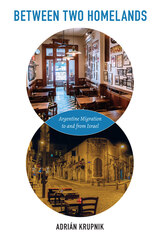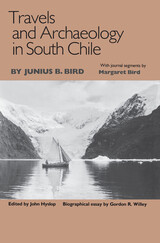Rubble: The Afterlife of Destruction
Duke University Press, 2014
Cloth: 978-0-8223-5614-1 | Paper: 978-0-8223-5619-6 | eISBN: 978-0-8223-7690-3
Library of Congress Classification F2876.G67 2014
See other books on: Afterlife | Collective memory | Destruction | Government relations | Indians of South America
See other titles from Duke University Press
Cloth: 978-0-8223-5614-1 | Paper: 978-0-8223-5619-6 | eISBN: 978-0-8223-7690-3
Library of Congress Classification F2876.G67 2014
ABOUT THIS BOOK | AUTHOR BIOGRAPHY | REVIEWS | TOC | REQUEST ACCESSIBLE FILE
ABOUT THIS BOOK
At the foot of the Argentine Andes, bulldozers are destroying forests and homes to create soy fields in an area already strewn with rubble from previous waves of destruction and violence. Based on ethnographic research in this region where the mountains give way to the Gran Chaco lowlands, Gastón R. Gordillo shows how geographic space is inseparable from the material, historical, and affective ruptures embodied in debris. His exploration of the significance of rubble encompasses lost cities, derelict train stations, overgrown Jesuit missions and Spanish forts, stranded steamships, mass graves, and razed forests. Examining the effects of these and other forms of debris on the people living on nearby ranches and farms, and in towns, Gordillo emphasizes that for the rural poor, the rubble left in the wake of capitalist and imperialist endeavors is not romanticized ruin but the material manifestation of the violence and dislocation that created it.
See other books on: Afterlife | Collective memory | Destruction | Government relations | Indians of South America
See other titles from Duke University Press
